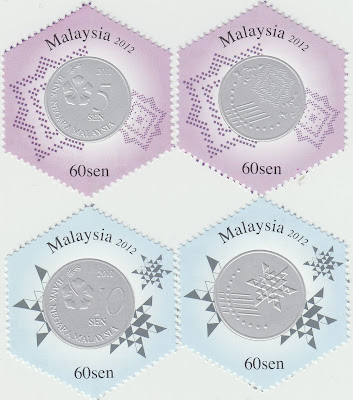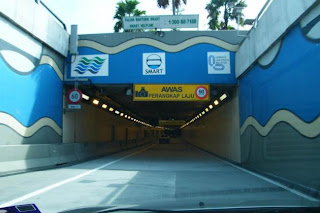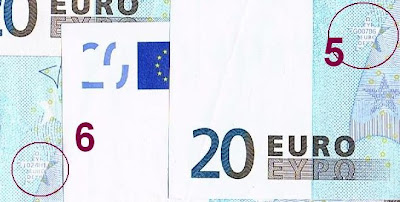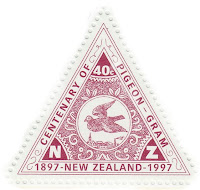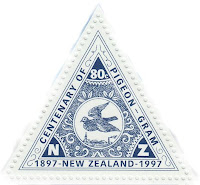I don't know if the sun has something to do with it, but I'm in a 'round' mood today.
It's not really about the sun that I'm going to write, but at least we're up in space.
The first man in space was the Russian cosmonaut Yuri Gagarin.
In English we would call him an astronaut, and the Chinese would even say a taikonaut.
Whatever you call him, he was the first man ever leaving the earth' athmopshere and entering space.
In fact, it wasn't ment to be at first. However his colleague's name : German Titov wasn't sounding "russian" enough and that gave him the chance to meet history in April 1961.
Although he was the first human in space, some living animals get the credit of being in space before him.
Already in the late 40's of the 20th century, some fruit flies were launched into space (1947).
Yury Gagarin used to joke: "I could never understand if I was the first
human or the last dog in space". The dogs Dezik and Gypsy were the first
to travel to space on a rocket launched successfully in 1951. "The most
lonely and unhappy dog" was Layka ("Barker" in Russian, a term used for several breeds of dogs) who went to space in 1957 on Vostok,
which at that time didn't have the slowdown and heat protection systems.
Layka had a one way ticket. She was a
stray dog captured on the streets of Moscow, trained, and sent up into
space. She died only a few hours in, due to overheating and panicking.
 |
| Layka - on a romanian (CTO) stamp |
The first living thing to complete an orbit and return alive were two
dogs named Belka and Strelka ("Squirrel" and "Little Arrow" in Russian).
 |
| Belka & Strelka |
They were launched by the USSR in 1960 and spent a day in orbit before
their capsule was returned to Earth with the dogs still alive. They landed safely on a designated
territory on August 19, 1960.
 |
| Belka & Strelka - bulgarian stamp |
The dogs on the orbit were followed by
apes, cats, tortoises, mice, birds, fish... A whole zoo travelled to
space over the past 50 years.
But now back to my intended topic ...
Yuri Gagarin was honoured 50 years after his flight, with a round stamp issued by Sri Lankan post.
In the same year of his flight, (1961) he also visited Sri Lanka, so the stamp is a double celebration.
For the stamp, a round shape was selected (lucky me) and the sheetlet has 12 round stamps and 3 round labels with pictures of Yuri Gagarin.
We see Gagarin depiced the way he was dressed as an astro-/cosmonaut.
 |
| Yuri Gagarin photo |
 |
| Yuri Gagarin stamp |
On the 3 labels we see Gagarin dressed as a (decorated) civilian, and in an air force uniform.
 |
| 3 labels with Yuri Gagarin |
 |
| Gagarin numerous decorations |
Yuri Gagarin died in an MiG 15 training jet, on March 27,1968 at the age of 34.
He was burried in the Kreml in Moskou.
















